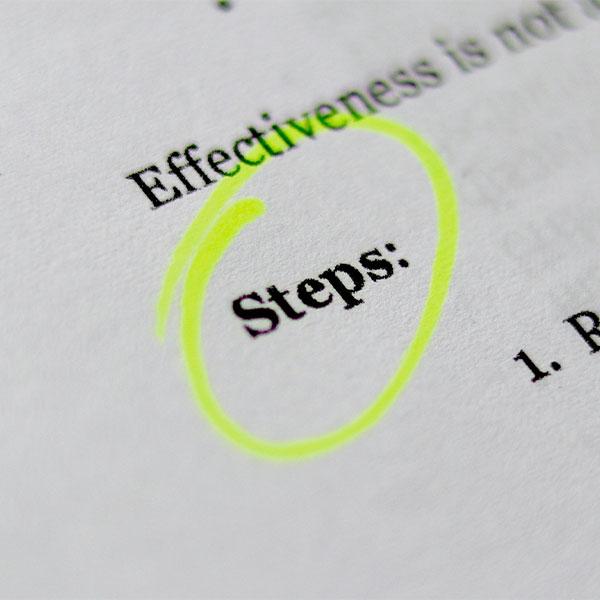Disasters can happen suddenly and without warning. While predicting a disaster is often impossible, being prepared can make all the difference. A crucial first step is having regular discussions with your children about emergency plans. Teaching your kids their roles in these plans can help them stay calm, prepared, and better equipped to handle emergencies.
Important Discussions to Have With Your Kids

Preparing your kids for emergencies starts with clear and simple communication. Topics to discuss include:
- Step-by-step plans for earthquakes, tornadoes, and fires.
- Roles and responsibilities for each family member.
- Practicing emergency plans every few months.
Additionally, every household member should have an up-to-date 72-hour kit stored in an easily accessible location. These kits should include items tailored to each person, especially children, such as medications, clothing, and entertainment.
What to Include in Your Kids' 72-Hour Kit
A well-prepared 72-hour kit for kids should contain:
- Food & Water: Non-cookable, non-refrigerated items like crackers or cereals.
- Clothing: Hand warmers, a change of clothes (short- and long-sleeve shirts, pants, socks), and a raincoat or poncho.
- Light Sources: Flashlights, light sticks, or a walkie-talkie.
- Medications: Include pain relievers, children’s medication, and prescription meds (3–5 days supply).
- Documents: Copies of birth certificates, passports, and immunization records.
- Entertainment: Small, lightweight toys and games to help keep kids calm and occupied.
Disaster-Specific Preparation Drills
Preparing Your Home for a Fire
- Draw a detailed map with at least two exits for every room.
- Choose a safe meeting location outside the home.
- Practice your escape plan twice a year.
Preparing Your Home for an Earthquake
- Teach children to duck and cover under sturdy furniture.
- Hold onto the furniture legs during the quake.
- Rehearse the earthquake drill twice a year.
Preparing Your Home for a Tornado
- Choose a safe room, such as a basement, storm cellar, or windowless room.
- Practice staying in the room for extended periods.
- Rehearse the plan twice a year.
Empower Your Kids Through Preparedness
When teaching children about disaster preparedness, emphasize the importance of following instructions and staying calm. Frequent discussions and practice drills will not only prepare them mentally but also make emergency responses second nature. The more your family practices and plans together, the better everyone will handle an actual emergency.












